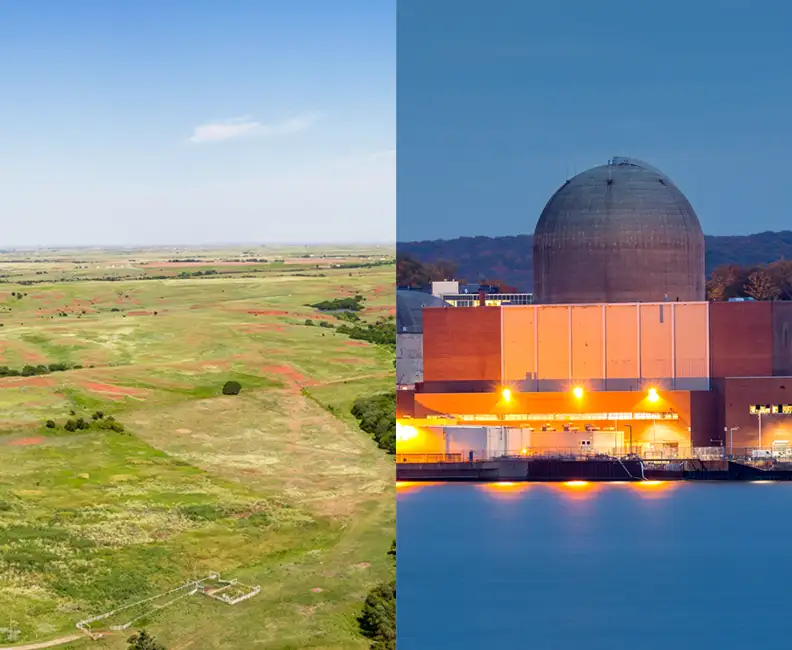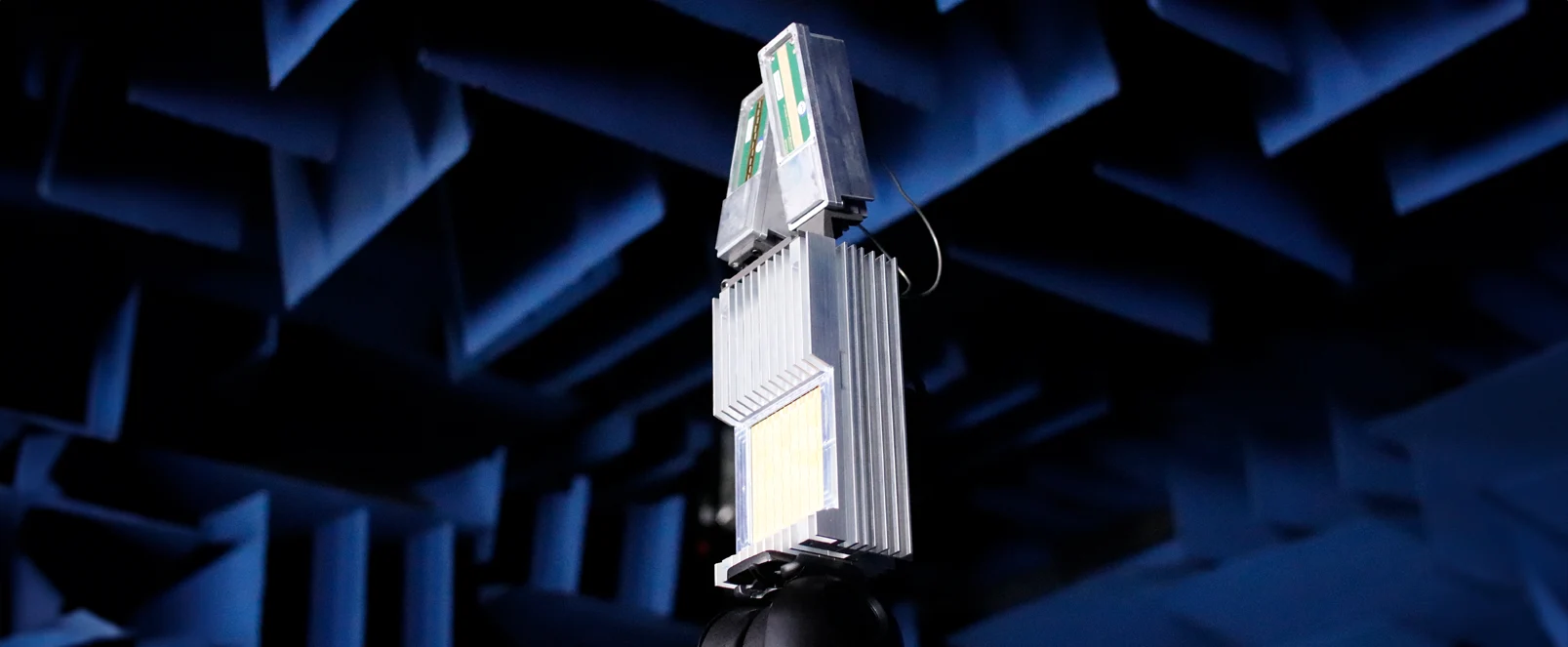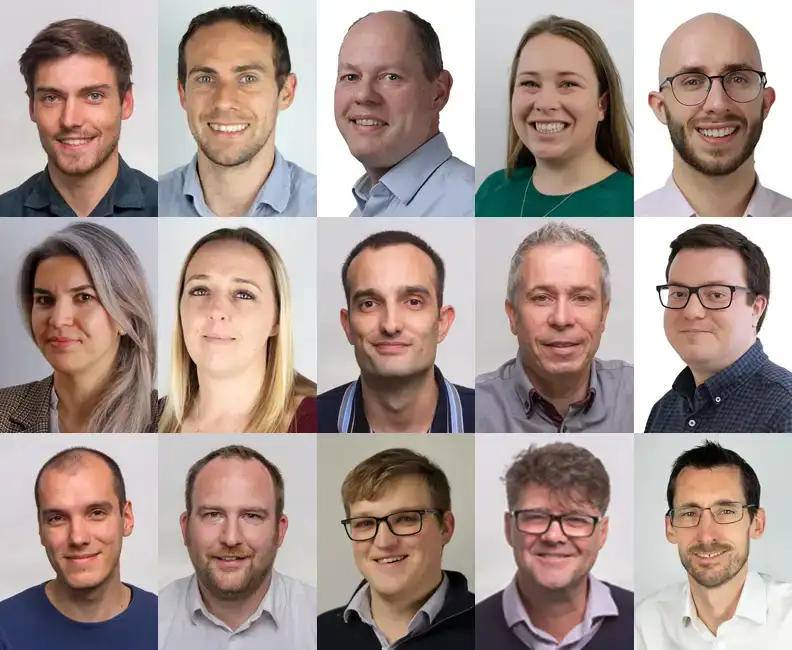Analysis of Chilton Ionosonde Critical Frequency Measurements During Solar Cycle 23 in the Context of Midlatitude HF NVIS Frequency Predictions
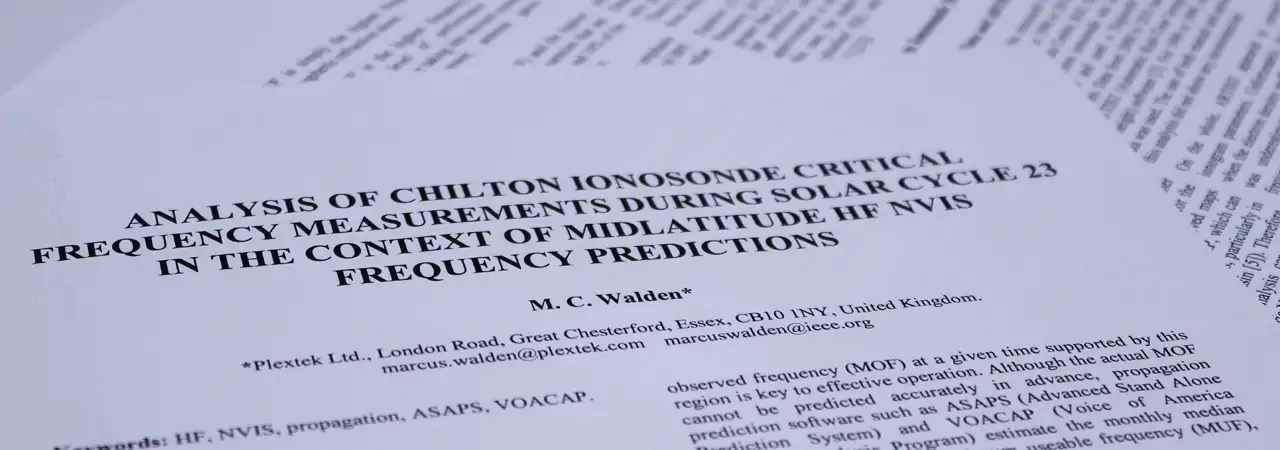
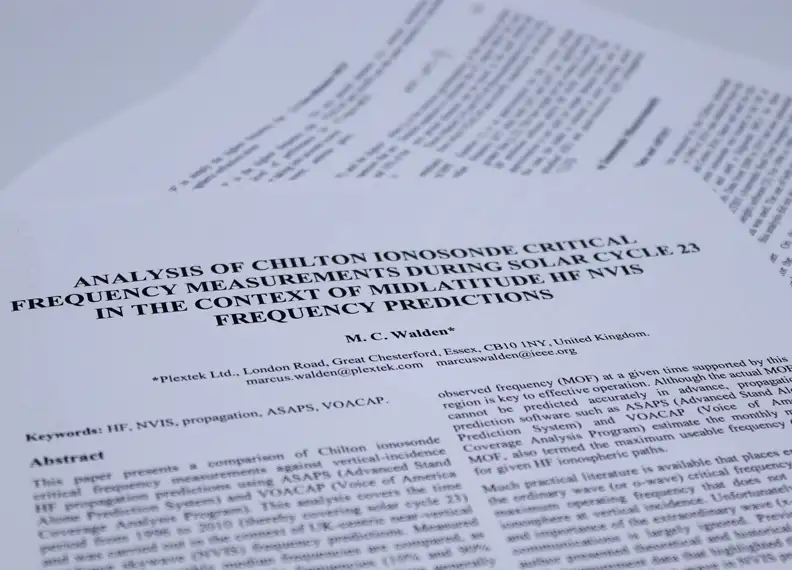
This paper presents a comparison of Chilton Ionosonde critical frequency measurements against vertical-incidence HF propagation predictions using ASAPS (Advanced Stand Alone Prediction System) and VOACAP (Voice of America Coverage Analysis Program).
This analysis covers the time period from 1996 to 2010 (thereby covering solar cycle 23) and was carried out in the context of UK-centric near-vertical incidence skywave (NVIS) frequency predictions.
Measured and predicted monthly median frequencies are compared, as are the upper and lower decile frequencies (10% and 90% respectively).
The ASAPS basic MUF predictions generally agree with fxI (in lieu of fxF2) measurements, whereas those for VOACAP appear to be conservative for the Chilton ionosonde, particularly around solar maximum.
Below ~4 MHz during winter nights around solar minimum, both ASAPS and VOACAP MUF predictions tend towards foF2, which is contrary to their underlying theory and requires further investigation.
While VOACAP has greater errors at solar maximum, those for ASAPS increase at low or negative T-index values.
Finally, VOACAP errors might be large when T-SSN exceeds ~15.
M. C. Walden, “Analysis of Chilton Ionosonde Critical Frequency Measurements During Solar Cycle 23 in the Context of Midlatitude HF NVIS Frequency Predictions”, IET International Conference on Ionospheric Radio Systems and Techniques (IRST 2012), York, UK, 15–17 May 2012.
doi:10.1049/cp.2012.0373
Access this Technical Paper

Machine Learning for Rapid Propagation Assessment
Developing a groundbreaking ML model for swift and efficient coverage prediction in complex urban environments, enabling rapid optimisation of transmitter locations on standard computing hardware.
Read More

Cost-Effective Improvement in mmWave Intensity
Enhancing the mmWave antenna design for Remedee Labs, significantly boosting RF radiation efficiency and cost-effectiveness in non-pharmaceutical chronic pain treatment.
Read More

Game-Changing Radar for the CLEAR Mission
Developing vital radar technology for the CLEAR mission, advancing space debris removal techniques to safeguard operational satellites and spacecraft.
Read More

Future Sensing: Improving Mobile Ad-hoc Networks
Leading a transformative four-year research initiative to improve mobile ad-hoc networks through advanced directional antenna systems and cross-layer processing, significantly enhancing military communication capabilities.
Read More

Millimetre-Wave Radar System
Expertly engineering a compact, high-performance 60 GHz millimetre-wave radar system using innovative Substrate Integrated Waveguide technology, achieving significant advancements in target detection up to 100 metres.
Read More
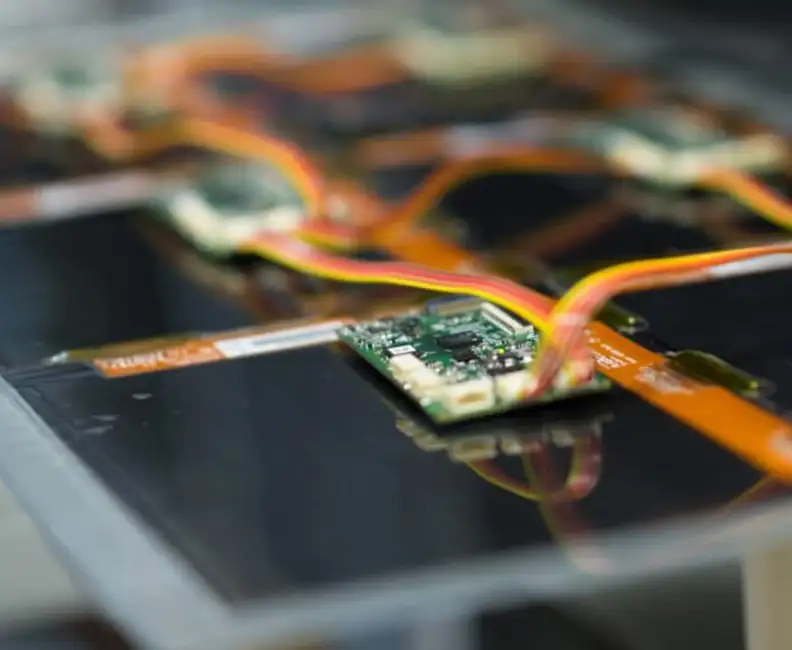
Communicating Across Surfaces
Using innovative expertise in metamaterials to facilitate the development of advanced surfaces, improving RF communication efficiency through pioneering surface wave technology for superior antenna design and wireless connectivity.
Read More

mmWave Radar for Foreign Object Debris Detection
Collaborating with WaveTech to develop an advanced mmWave radar system, enabling the rapid and automated detection of foreign object debris on runways, enhancing safety and operational efficiency at a South Korean airport.
Read More

Energenie Smart Home Controller
Redesigning the Energenie Smart Home Controller interface to introduce low-power radio technology, enhancing device functionality for centralised home heating control, and launching nationwide.
Read More

Developing Automated Manufacturing Systems
Delivering a pioneering predictive maintenance solution for a global healthcare product company, utilising miniature battery-powered sensor systems to optimise automated production lines and significantly reduce costly downtimes.
Read More

Surveillance Radar for Comprehensive Threat Detection
Advancing a perimeter surveillance solution with long-range detection and low false-alarm rates, using state-of-the-art Passive Electronically Scanned Array technology for robust and maintenance-free operation in a range of demanding environments.
Read More

Distributed Real Time Spectrum Monitoring
Developing an innovative distributed spectrum monitoring system, using low-cost software-defined radio platforms, to provide superior interference detection and larger coverage for high-value sites.
Read More

Intelligent Mobility
Advancing intelligent mobility by integrating cutting-edge electronic-scanning radar technology to ensure the safe and efficient operation of autonomous vehicles in complex real-world environments.
Read More









